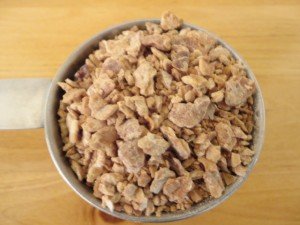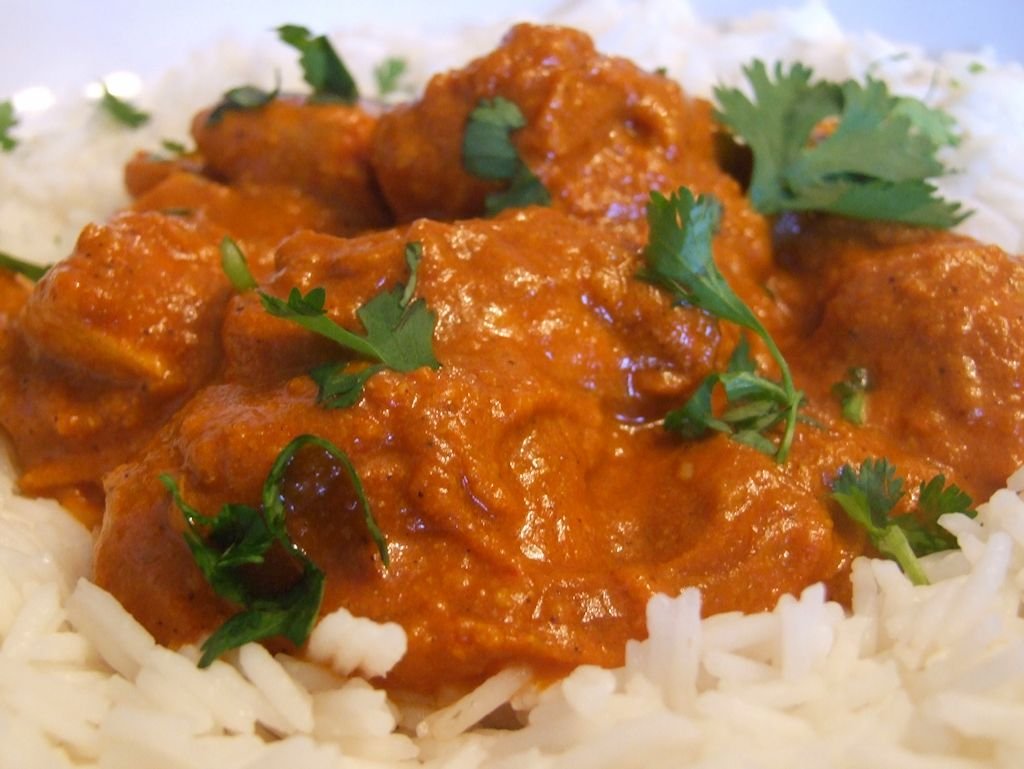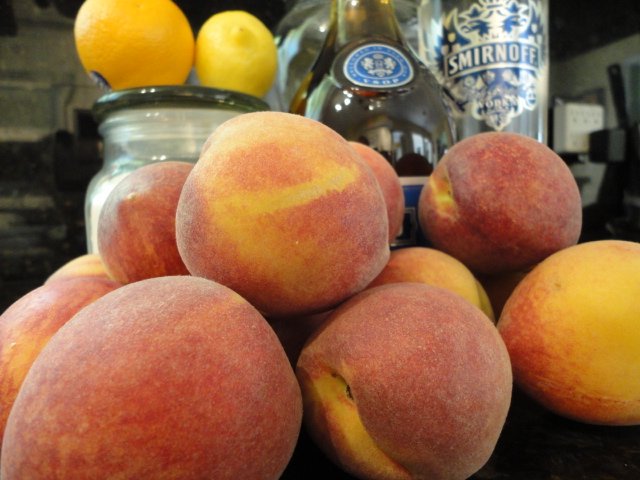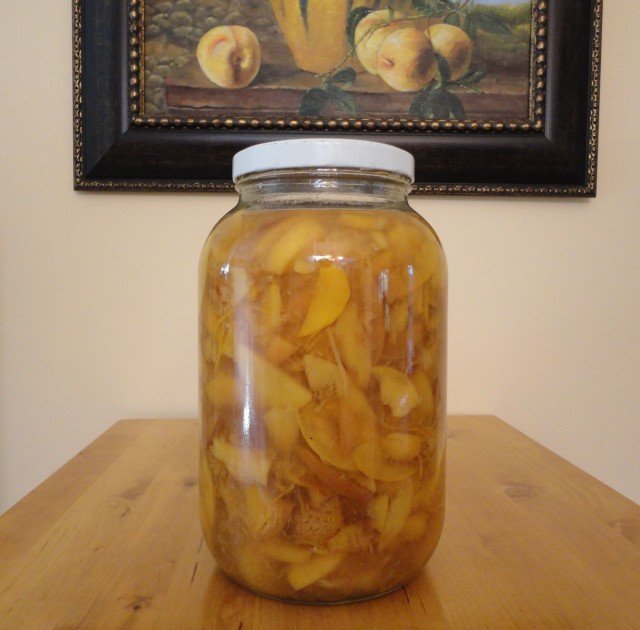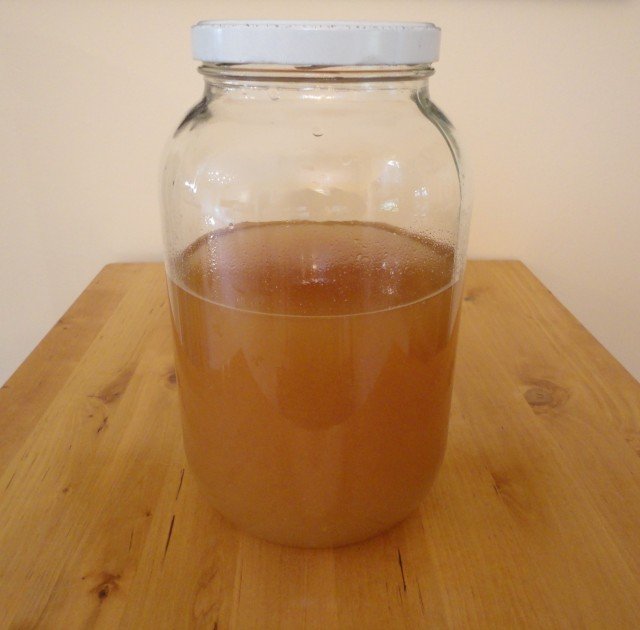Recently I wrote a post on trying a Date Shake from Shield’s Dates in Indio, CA and the additional purchases made of Dates, Date Jam and Date Crystals. There was no special reason for purchasing the Date Crystals for I had not tasted the Date Shake, but the idea of Date Crystals was intriguing enough that the purchase was made with no earthly idea on how I would use this product.
I brought the package of Date Crystals home with me and my wife gave me that knowing look of what are we going to do with this product. This was not the first and will definitely not be the last time that a food product caught my attention with no real clue on what I would make with the ingredient. Of course I could go on-line and read recipes for Date Crystals, just as I could actually read the suggested recipes included in the packaging, but that would take away from the fun of experimenting.
We opened the packaged and to my surprise, the “crystals” were not what I had expected. I was thinking more like brown sugar or turbinado, but instead the “crystals” were very small pieces of Dates that had been dried / desiccated. Although most of us are familiar with Dates and that they appear dried, they are technically are not dried, just ripe. Date Crystals are in fact small pieces (think oatmeal) of Dates that have been dried.
We tried the Date Crystals and they were of course hard and crunchy and you could taste the underlying sweetness. Our first experiment was to add them to plain yogurt. The result was more an experience of contrasting textures versus any real infusion of date flavor into the yogurt. The second, third, fourth and fifth use (are you seeing a trend?) of Date Crystals in Yogurt was to mix varying amounts of the crystals into the yogurt and allow the mixture to rest for an hour or more. The outcome was that the crystals hydrated and the yogurt was now speckled with little soft dots of dates providing a very nice flavor. I have also made Homemade Date Ice Cream and the result was pure decadence.
The package of Date Crystals includes recipes and there are also recipes available on-line. Date Crystals have a high sugar content and in my opinion can be treated in the same fashion as honey as a substitute for refined white sugar when color is not an issue. In time, I will probably try the recipes available, but for the moment, I am happy experimenting and discovering / rediscovering uses for Date Crystals.
If you do not have the opportunity to stop by Shields Date Gardens in Indio, CA, you can always order Date Crystals on-line from their website. In addition to the Date Crystals, there any many other fine Date products available for purchase.


